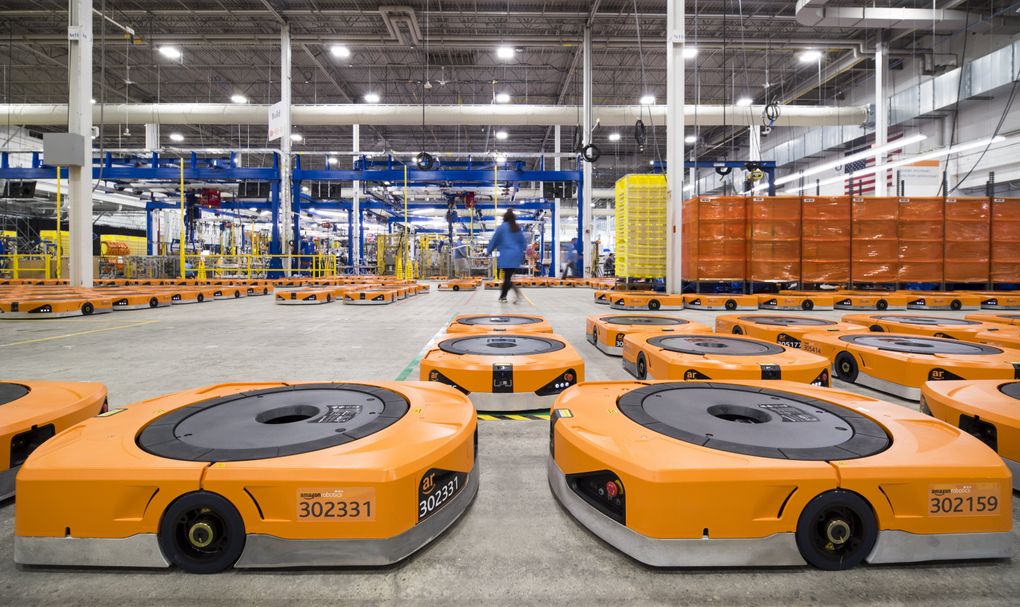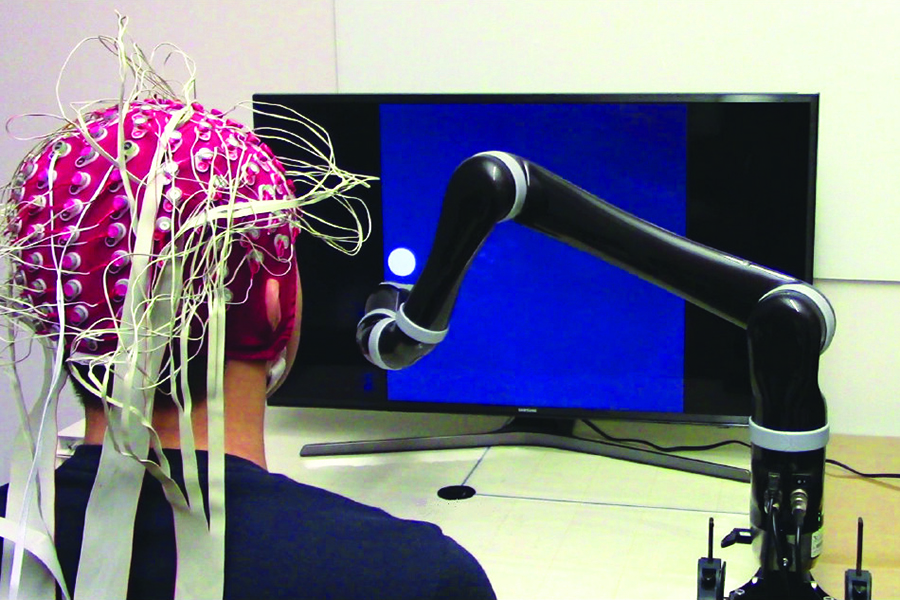Flexible electrodes and electroadhesion enable this soft robot to pick up delicate objects
Some robots have been designed with superhuman strength: Industrial robots can lift 1300 kg (2800 pounds). But robots struggle with the delicate tasks humans take for granted, such as picking up delicate objects. Lifting 100 pounds is relatively easy, but it is difficult for a robot to gently pick up an egg without breaking it.
Additionally, robotic hands, or grippers, are typically designed to pick up a specific item. Robots that can pick up different objects typically require special programming for each item to account for properties such as shape, weight, size, and deformability.
Both of these challenges were addressed by a team from École Polytechnique Fédérale de Lausanne (EPFL, Switzerland). Newsweek’s article “Robotic Fingers Lift Eggs with ‘Artificial Muscles’” reported on their novel approach, creating a robot gripper that can gingerly pick up different, often delicate, items without advance knowledge of the items’ properties.
Soft robot fingers conform to items shape
Soft robots use flexible materials to enhance handling capabilities and maneuverability. They are constructed of silicon, plastic, rubber or fabric. Some use pneumatic actuators, while the EPFL robot utilizes bending dielectric elastomer actuators.
The team from EPFL published their design for a soft robot in the paper “Versatile soft grippers with intrinsic electroadhesion based on multifunctional polymer actuators.” The robotic gripper detailed in the paper was strong enough to pick up items that weighed 80 times its own weight, yet could pick up delicate objects such as an egg. It could pick up different objects with different properties without requiring special programming.
“We have combined two functionalities which have been studied before–flexible electrodes and electro-adhesion into one single device,” said Dario Floreano, a researcher from EPFL’s Laboratory of Intelligent Systems and one of the authors of the paper.
The robot gripper mimics the muscle function of fingers, creating a “pinching” action when powered. Each finger has two layers of electrodes separated by a pre-stretched elastomer. These layers are then sandwiched between two outer layers of silicon with different thicknesses. When the gripper is without power, the fingers relax and curl away from each other.
When power is applied, the two layers of electrodes attract each other, causing the fingers to curl around the object and hold it electroadhesion. The electroadhesion force also enables the fingers to pick up flat and deformable objects.
To calculate the needed orientation for the device to grip an object, the researchers used a CCD camera and image processing. MATLAB is used for the image processing to determine the tip angle of the simplified gripper devices to characterize the actuation stroke angle.
The gripper weighs a mere 1.5 g. It successfully grasped a variety of objects, including a water balloon (35.6 g), a raw egg (60.9 g), a sheet of paper (0.8 g) and a metal can (82.1 g). The ability to pick up varying items makes this approach an ideal candidate for prosthetic hands. Check out the video below where the researchers share some other potential applications for this soft robot:










Comments
To leave a comment, please click here to sign in to your MathWorks Account or create a new one.